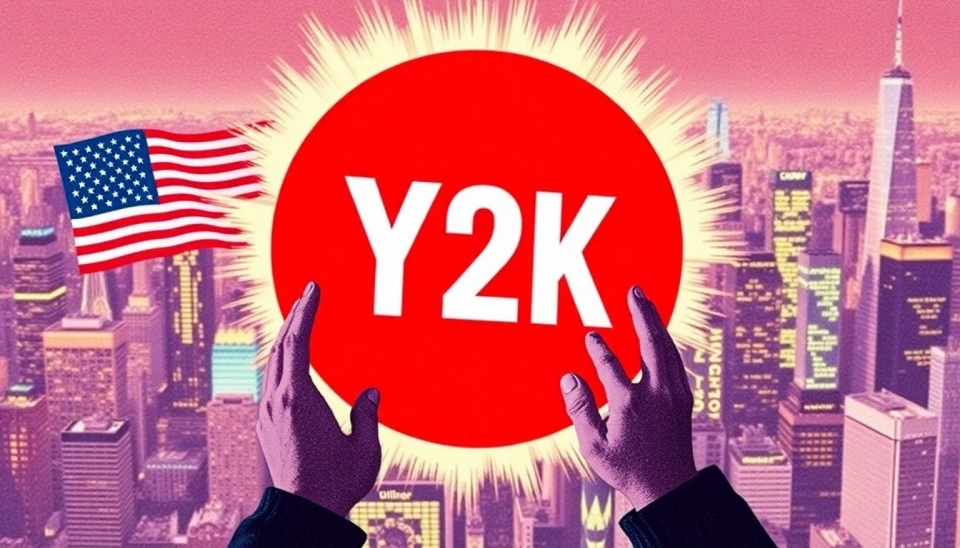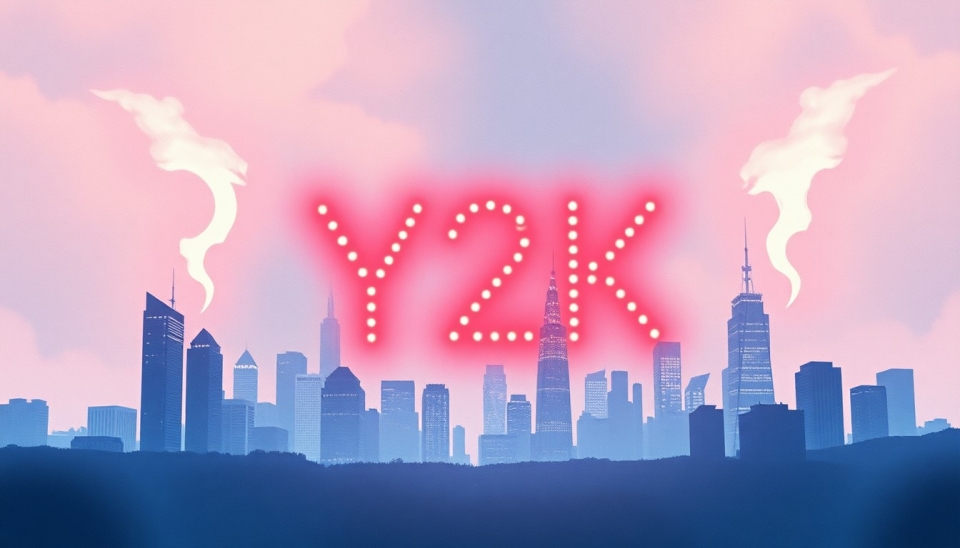
As we look back on the turn of the millennium, there’s a notable contrast between the anticipation and optimism of Y2K and today's often cynical perspective on technological advancements. The Y2K scare, which centered around the potential for widespread computer failures as the year 2000 approached, wasn't merely about fear; it symbolized a unique era when Americans embraced the potential of technology more than ever before.
In the late 1990s, technology was rapidly evolving, leading to a proliferation of personal computers, the internet, and various tech innovations that reshaped everyday life. The excitement surrounding these developments fueled a collective optimism, with many believing we were on the brink of a significantly brighter future. Y2K, often thought of as an impending disaster, sparked a massive wave of preparation and curiosity that galvanized public interest in technology.
As companies scrambled to address Year 2000 compliance, rectifying code that could potentially glitch if it recognized the year as "00," millions of dollars were poured into the tech industry. This period saw an upswing in tech jobs and investments, groups formed to tackle the problem, and a sense of unity emerged amidst the uncertainty. For many, this represented a golden age where collective effort in engineering and programming could avert a widespread catastrophe.
Interestingly, the anxiety associated with Y2K was paralleled by recent pandemic experiences, positioning 2020 and beyond in stark contrast to the optimism present during Y2K. Back in 1999, even leading financial institutions, governments, and tech giants were heavily invested in ensuring that the shift from 1999 to 2000 would not mar the advancements achieved. This unwavering dedication, seemingly driven by a combination of economic incentive and genuine belief in technological prowess, showcased a bright vision of technology serving humanity’s needs.
The aftermath of Y2K saw a largely uneventful transition into the new millennium, with fears surrounding computer failures mostly unfounded. This realization turned into a collective sigh of relief and served to reinforce the idea that human ingenuity could tackle significant challenges, further entrenching the optimistic narrative of the late 1990s and early 2000s. As the dot-com boom followed, society was fueled with more hope and excitement about the potential of the digital age.
According to experts reflecting on this era, Y2K marked the last significant moment when technology was viewed predominantly as a force for good, ushering in growth, creativity, and improved quality of life. The infusion of technology into daily routines was seen as a liberating phenomenon rather than the source of concern it has increasingly become in recent years. Today, the relationship between society and technology is more complex, often intertwined with issues of privacy, data security, and the unintended consequences of rapid development.
In retrospect, the Y2K era encapsulated a period where the narrative surrounding technology was overwhelmingly positive. It was a time that fostered new ideologies, from the prevalence of internet culture to the rapid adoption of e-commerce. The transformational potential of technology was celebrated rather than critiqued, crafting a sense of hope and belief that innovation could solve pressing global challenges.
In conclusion, as we navigate an era filled with both remarkable technological advancements and significant societal concerns about their impact, reflecting on the optimistic atmosphere of Y2K might prompt us to reconsider how we perceive the role of technology in our lives. While recognizing the dual-edged sword that technological progress brings, perhaps a revival of some of that optimism could help society tackle the present-day challenges more effectively.
#Y2K #Technology #Optimism #NewMillennium #Society #Reflection #DigitalAge #TechHistory
Author: John Miller
